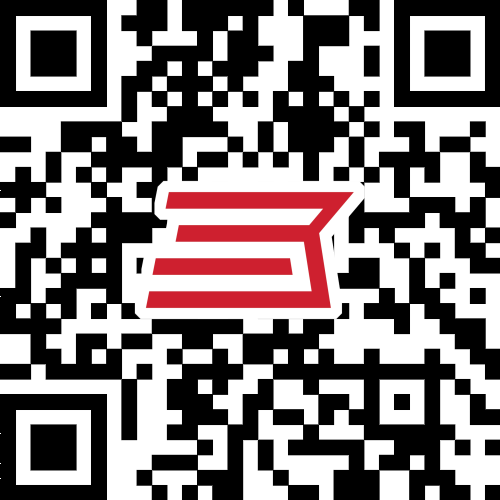- Savage Blog
- Finding Your Shotgun Fit for Improved Shooting
Finding Your Shotgun Fit for Improved Shooting

One of the most overlooked factors in consistent shooting performance—whether you're in the duck blind or breaking clays—is shotgun fit. Just like a properly tailored suit helps you move with ease, a properly fitted shotgun helps you mount quickly, aim instinctively, and shoot with confidence. A poorly fitted shotgun can lead to missed targets, sore shoulders, and frustrating days in the field. Luckily, many shotguns today can be adjusted for a proper fit, including some of our most popular models!
Let’s break down why shotgun fit matters, the adjustments you can make to improve it, and how Savage shotguns offer built-in flexibility for dialing in the perfect setup.
Why Shotgun Fit Matters for Performance
Unlike rifles, where aiming involves optics and precise sight alignment, shotgun shooting is instinctive. You don’t “aim” a shotgun; you point it. And if your shotgun doesn’t naturally align with your eye and shoulder, your patterns will consistently miss the mark—even if your fundamentals are solid.
Here’s why shotgun fit plays such a crucial role:
Faster Target Acquisition: A shotgun that fits properly allows you to mount it faster and smoother, helping you get on target and stay on moving clays and birds more easily.
Better Pattern Placement: If your shotgun fits well, your dominant eye naturally aligns with the barrel rib and bead, ensuring your pattern is hitting where you are looking as you swing the shotgun.
Reduced Felt Recoil: A gun that fits your frame well distributes recoil more evenly, minimizing shoulder fatigue and flinching. A shotgun that is too short or too long can be awkward to hold, impacting your grip and causing more felt recoil.
More Confidence: Consistency builds trust in your gear, and that starts with a shotgun that feels like an extension of your body. When your shotgun fit feels right and you’re comfortable shooting it, your confidence improves, too!
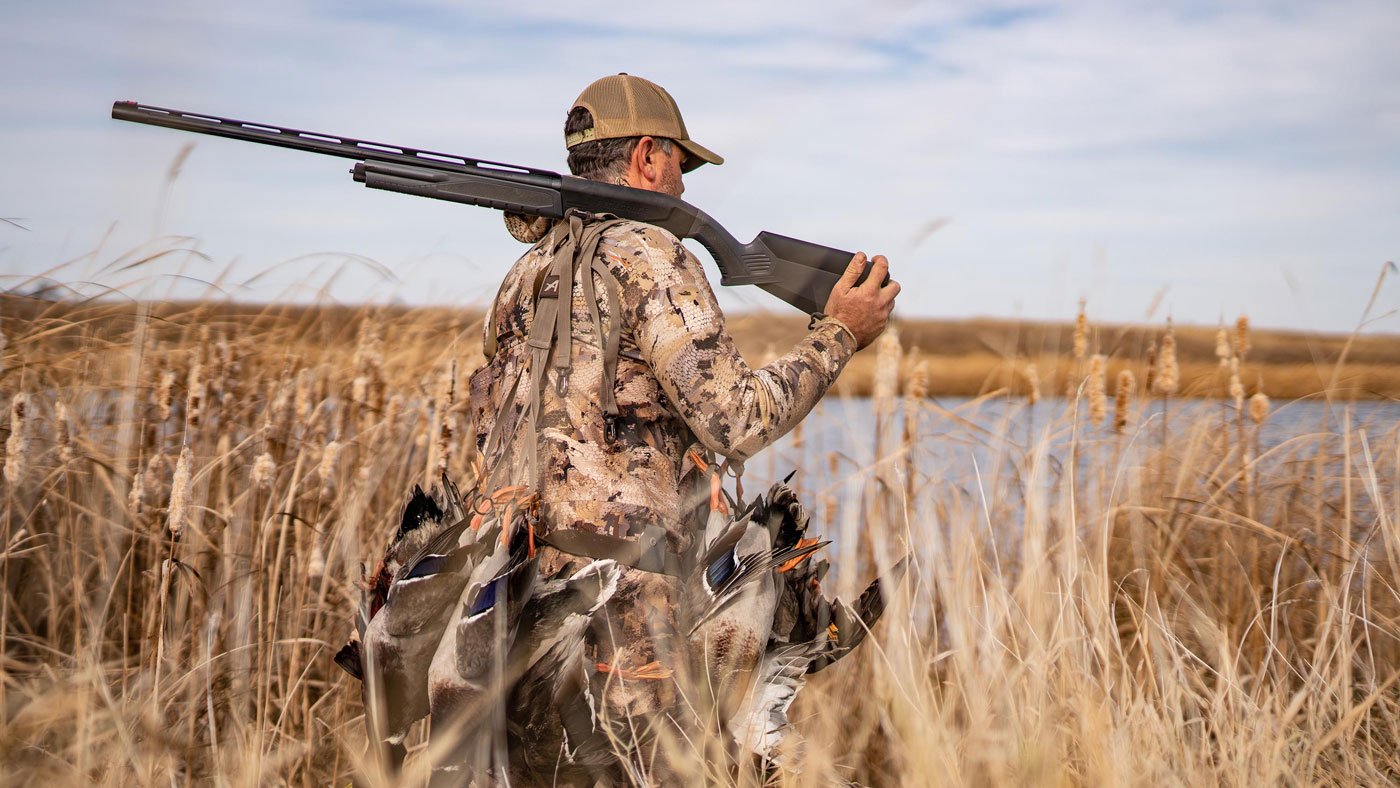
Common Adjustments to Improve Shotgun Fit
No two shooters are built the same, so it only makes sense that a one-size-fits-all approach won’t deliver consistent results. Fortunately, several easy-to-make adjustments can dramatically improve how your shotgun handles if you’re having difficulty with your shooting.
Key Elements of Shotgun Fit
Length of Pull (LOP)
Measures the distance from the center of the trigger to the end of the recoil pad.
If your length of pull is too long, your shotgun will be difficult to mount and hold, and the felt recoil will be magnified. Too short a length of pull will cause you to feel crammed and uncomfortable holding your shotgun.
Adjustable spacers or aftermarket recoil pads can help dial in and find a length that fits you best. If your stock is too long and not adjustable, you can also take it to a qualified gunsmith to have the stock shortened to fit you.
Comb Height
Measures the vertical distance between the top of the stock and the rib.
A comb that is too high causes you to look “over” the bead, resulting in shooting over your intended target. A comb that is too low causes you to only see part of the shotgun bead or look into the top of the barrel, and shoot lower than your intended target.
Comb risers or adjustable combs can help raise or lower your comb height to help you achieve a proper sight alignment with your shotgun bead.
Cast
Reflects the horizontal offset of the stock to the left or right.
Having the proper cast is vital for aligning your dominant eye over the center of the rib. This will help prevent you from shooting too far in front or behind the target by aligning your eye with the center of your bead.
Adjustable shims can fine-tune your shotgun’s cast to the left or the right as needed.
Pitch
The angle of the buttpad related to the barrel. A shotgun with more pitch will have a sharper angle, while less pitch has a flatter angle.
Ptich affects how the shotgun fits against your shoulder and your comfort while shooting. It can also affect your recoil impulse and muzzle control, with too little pitch causing “muzzle flip” and too much pitch causing “cheek slap.”
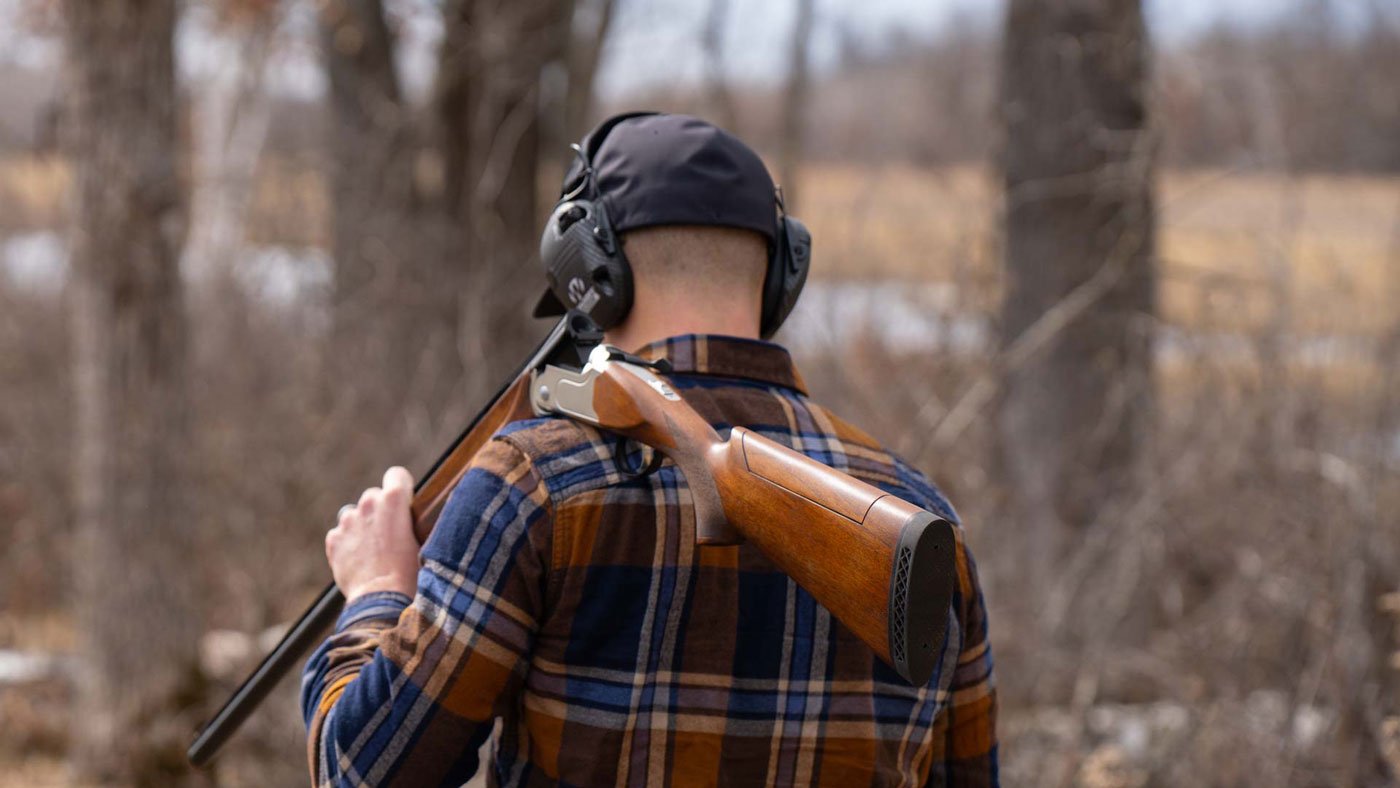
Adjusting Your Savage Shotguns
When we say Better Comes Standard, we don’t just mean how well our firearms shoot. Adjustability is a core feature of many Savage firearms, including our Renegauge and select Model 555 shotguns. Both have options for adjustment, whether it's the length of pull, comb height, or drop and cast. Here’s how you can get a better fit with each of these shotguns!
Savage Renegauge
The Renegauge is our American-made, gas-operated semi-auto shotgun designed for hunters and sport shooters who demand excellent performance and comfort. One of its standout features is the fully adjustable stock system, allowing you to fine-tune the fit to your exact needs..
Key Fit Features on the Renegauge:
Adjustable drop and cast with an included stock shim kit. Various adjustments can be made, including cast, drop at heel, drop at comb, and pitch.
An adjustable comb system with different comb pieces included for a quick comb height adjustment.
Multiple recoil pads with different thicknesses to help adjust the length of pull anywhere from 14.25 to 15.07 inches.
These built-in adjustments make the Renegauge an ideal choice for shooters who value personalized performance whether they’re in the field hunting or breaking clays on the range. You can check out this blog for a full rundown on how to make the many available adjustments to your Renegauge!
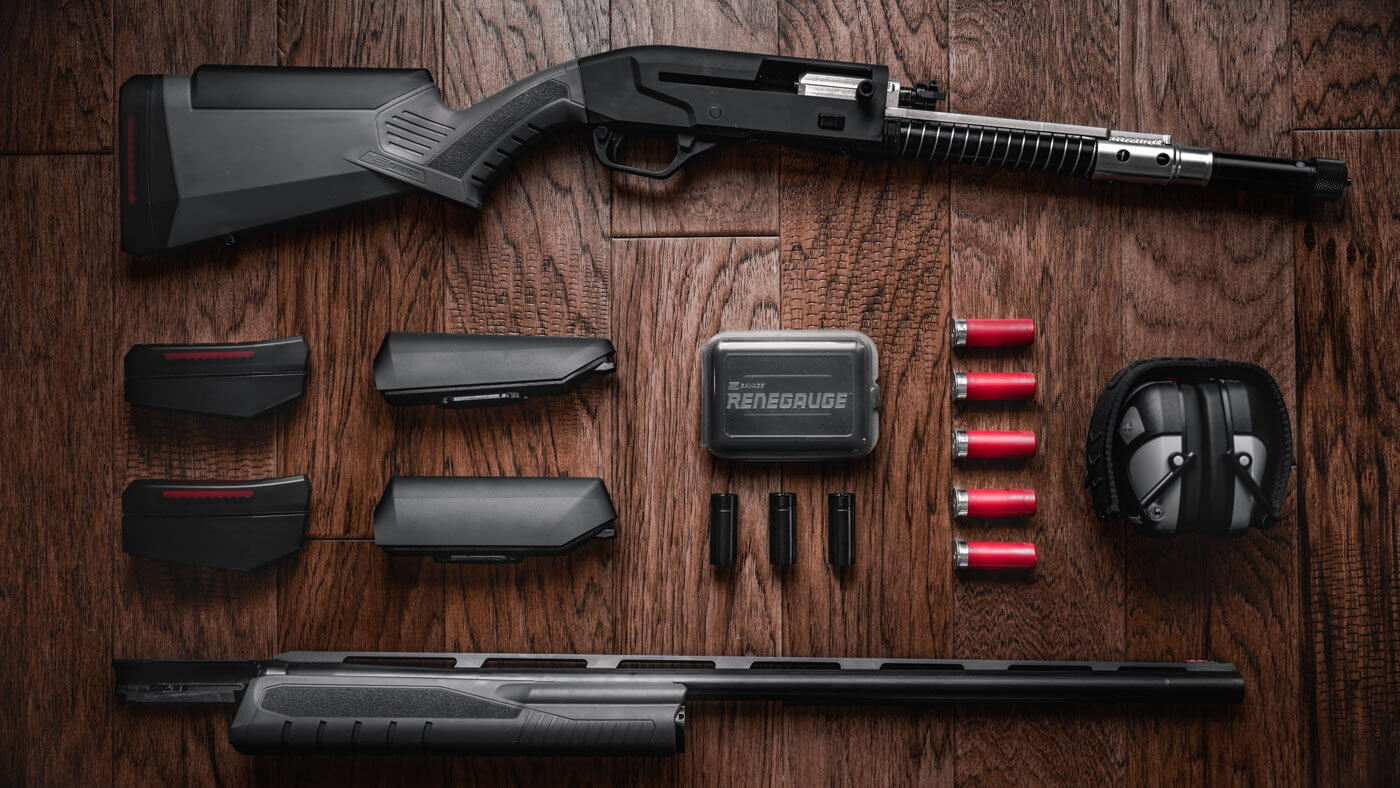
Savage Model 555
The Model 555 is our over/under shotgun designed for upland bird hunting and sporting clays. While it's not as modular as the Renegauge, the Model 555 Trap and Model 555 Sporting have stocks with adjustable comb heights to help shooters adjust their comb and deal with issues shooting over or under targets. Several 555 models are also available in compact sizes, giving shooters options for a shorter length of pull model if desired.
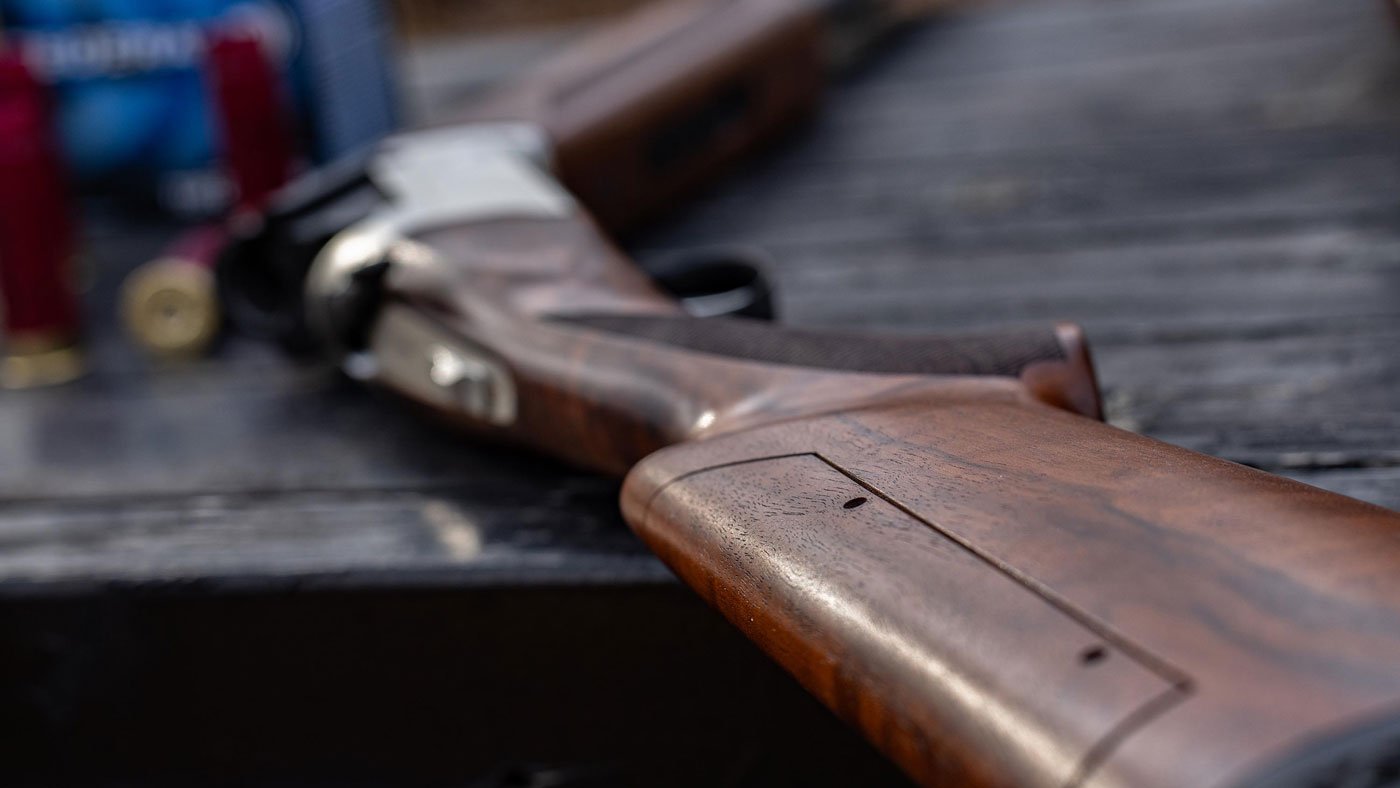
How to Evaluate and Improve Shotgun Fit
Are you missing shots you think you should be hitting, and wondering if your shotgun is fitted properly? Here are a few simple tests to evaluate your shotgun fit and decide if you need to make adjustments.
*Before testing your shotgun fit, make sure that the firearm is unloaded and the safety is turned on.*
Quick Fit Check
Mount the shotgun with your eyes closed.
Open your eyes and check alignment—your dominant eye should be looking right down the rib.
If your eye alignment is not centered, evaluate how it is positioned and decide if adjustments are needed to the drop, cast, comb height, or pitch.
If needed, have someone else help you evaluate your eye position and any potential adjustments that need to be made. You can also aim your shotgun in front of a mirror to check your eye position over the rib and check your alignment.
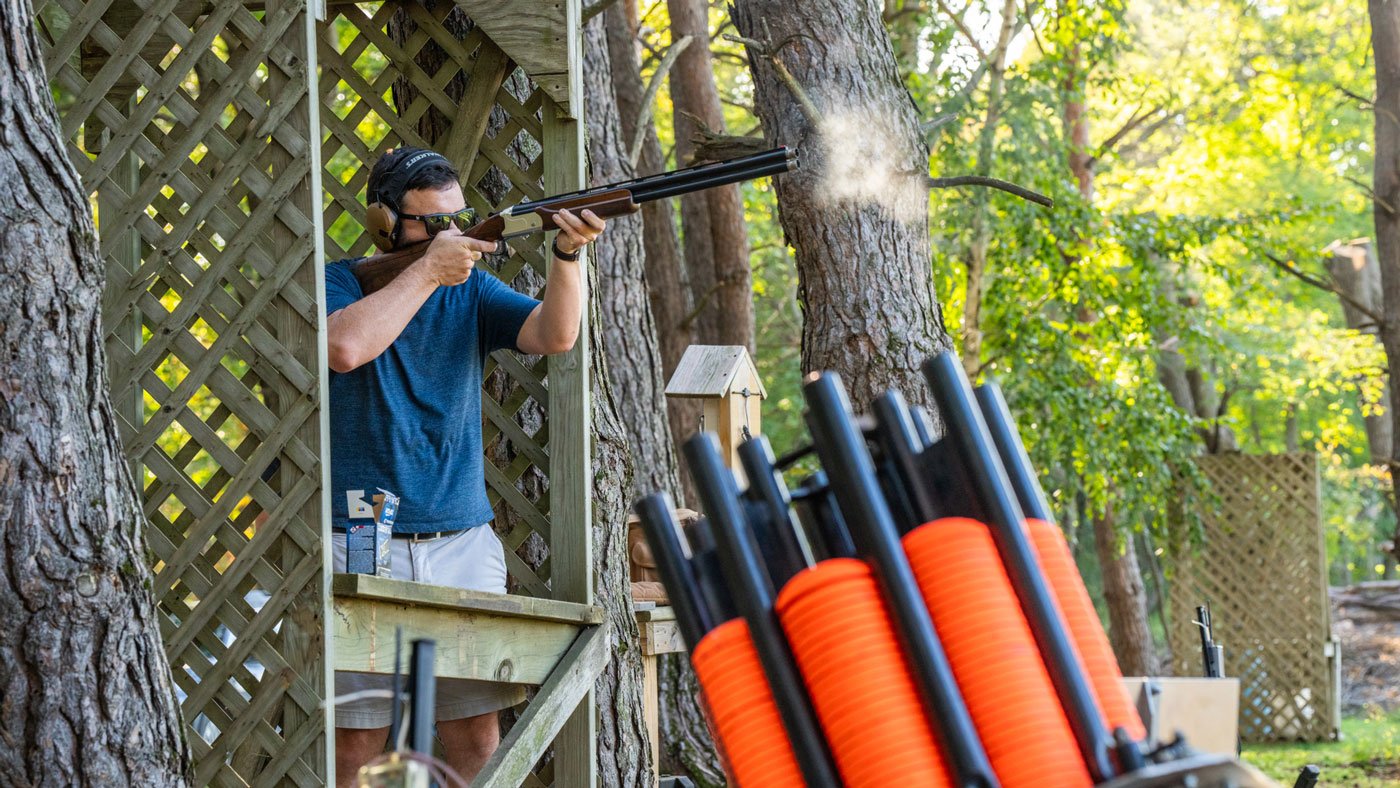
Patterning Test
Set up a large sheet of paper or a patterning board at 16–20 yards. Several sheets of paper will be needed to evaluate consistency.
Make a mark at the center of the sheet. Then mount your shotgun, pull up on the target, and shoot. Don’t aim, just focus on the center mark, pull up, and shoot, like you would a moving shotgun target.
Evaluate if your pattern is consistently high, low, left, or right after shooting several patterns.
Make adjustments accordingly.
Even small changes in shotgun fit can create dramatic improvements in performance, especially under pressure in fast-paced hunting or competition situations.
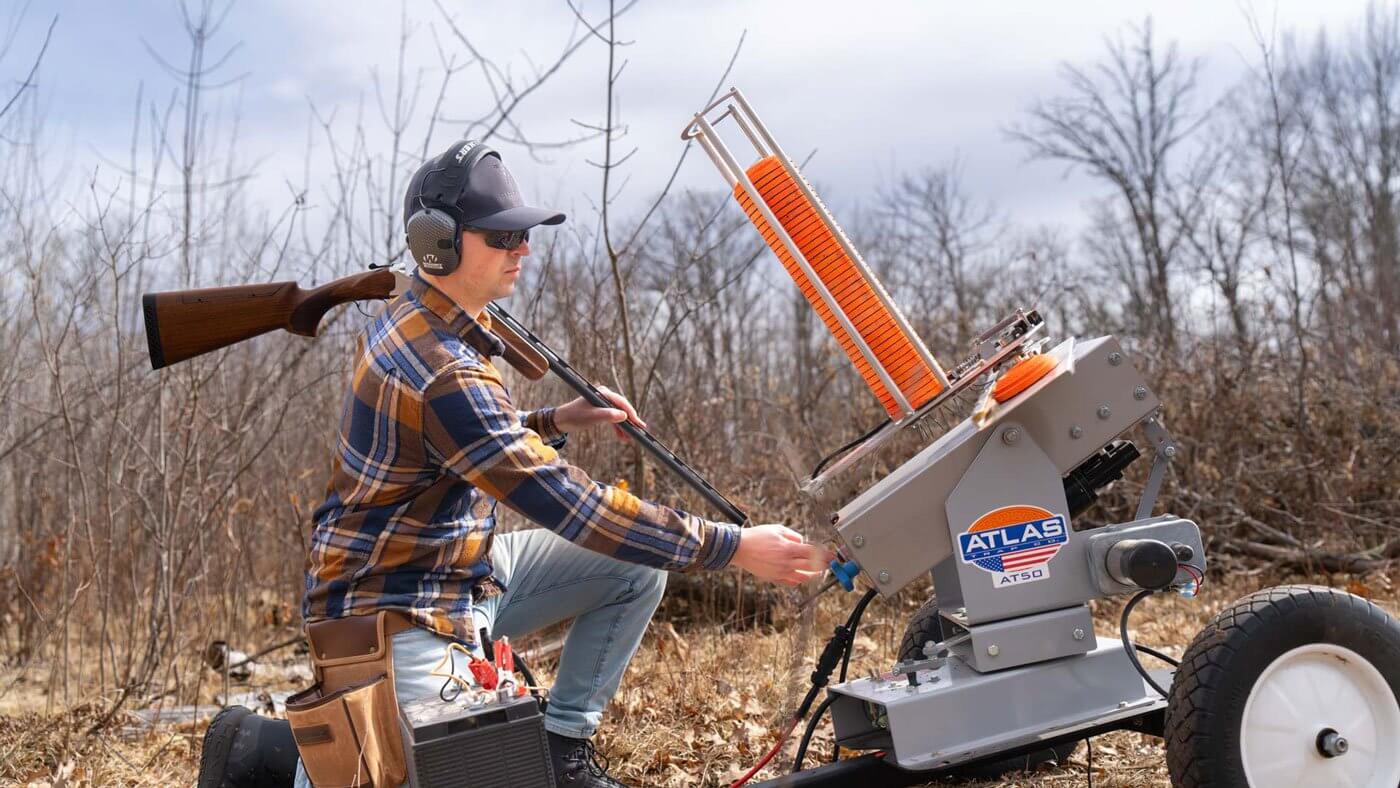
Shooting success isn’t just about ammo choice, barrel length, or choke tubes—shotgun fit is the foundation. A properly fitted shotgun helps you mount faster, aim more instinctively, and shoot with less fatigue, greater accuracy, and more consistency.
Before your next trip afield or to the range, take the time to assess your shotgun’s fit and make the adjustments needed to shoot your best. It may just be the difference in setting a new personal best for clays broken or limiting out on your next hunt!

